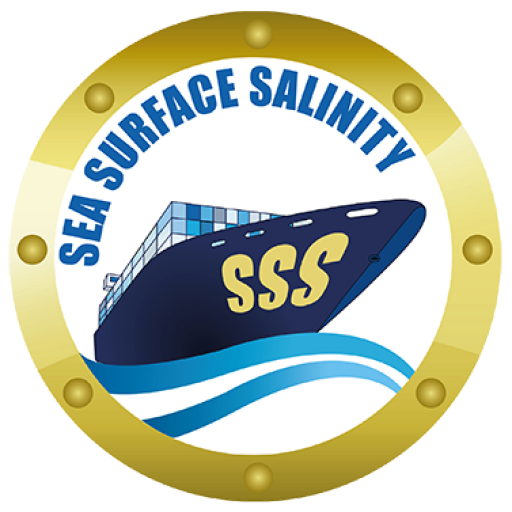There are 3 types of validation procedures, depending on the data :
1. Real time SSS data. The quality control is designed to be entirely automated. It is based on complementary tests involving realistic message sender, platform type, telemetry, date, time and location of the observation, global physical ranges, comparison with sea surface salinity climatology and date of last received message. Details on these complementary tests can be found in the Automatic Control paragraph of the web page describing the overall real time data processing.
2. Delayed mode SSS data. The high resolution data retrieved from the acquisition system during ship calls is processed through the TSGQC software which has been specially developed under Matlab.
There are two processing steps:
Step 1. The SSS data are attributed Quality Control flags (Good, Probably Good, Probably Bad, Bad, Harbour) by scientists at US IMAGO, based on visual inspection of individual ship voyages. The flagging relies on recorded ship trajectory, comparison with SSS and SST climatology, possible failure of the acquisition system observed on board or experienced and diagnosed in the past.
Step 2. The pre-QC SSS data are then corrected ant attributed error values by a researcher at LEGOS. The potential correction and error are based, for each ship voyage, on visual comparison and fitting of TSG data to external data (mainly SSS data derived from daily water samples collected on board and/or collocated ARGO floats). The Quality Control flags attributed in Step 1 are revised accordingly, if needed.
3. Research Products. The SSS data made available here as research products were further checked through specific validation tests and filtering techniques which are described in the cited scientific articles. These data should be considered as research products only.
